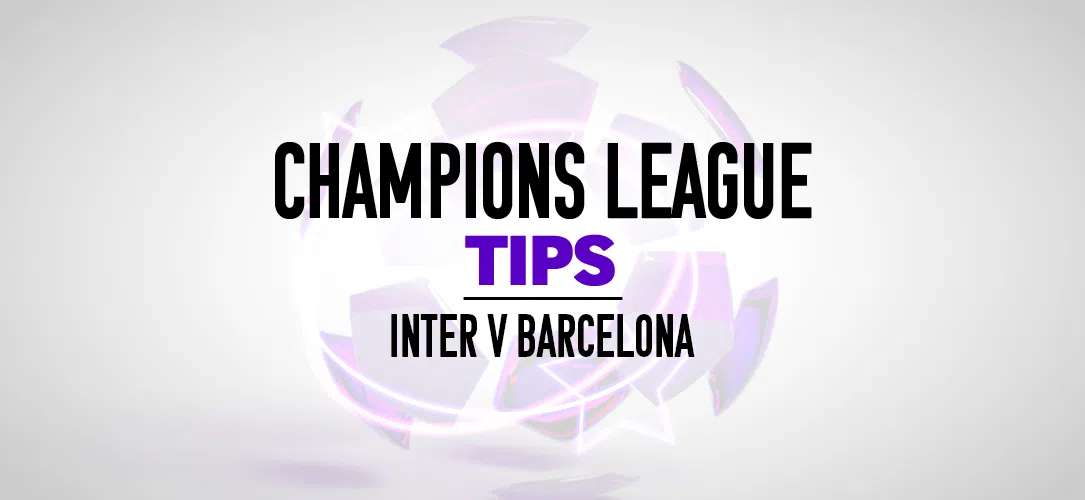From the group stages to the away goals rule, our guide explains everything you need to know about the Champions League.
What is the Champions League?
The Champions League is an annual football competition organised by UEFA and contested by the best teams in Europe.
It is widely regarded as the most prestigious tournament in club football.
How does the Champions League work?
The competition is contested by the domestic champions in each of UEFA’s member nations and, for the strongest national leagues, up to three runners-up.
In its present format, the Champions League begins with five rounds of two-legged qualification ties, culminating in the play-off round.
The 10 winners of the play-off will advance to the group stage, joining 22 teams that qualify directly and bypass the preliminary rounds.
The 32 teams are drawn into eight seeded groups of four – the teams with higher UEFA coefficients are top seeds and the ones with lower coefficients are fourth seeds – with no team from the same nation drawn together.
Each team plays their group opponents twice, home and away, in a round-robin format. The top two after six games then advance to the knockout stage.
Group winners enter the last-16 as seeded sides and are guaranteed to face a second-placed team.
From the quarter final onwards, the draw is open and any team can draw one another.
When did the Champions League start?
The Champions League was first established in 1955, under the guise of the European Cup.
The competition was initially a straight knockout and only open to the champion club of each domestic division.
It took its current name following a rebrand in 1992, in which a round-robin group stage was added and extra entrants from certain countries allowed.
How are teams selected?
The number of berths given to each association is based on the UEFA coefficients of its member countries.
These are scores generated by the performance of clubs representing their domestic league in the Champions League or Europa League across the previous five seasons.
The better the performance from member teams of a certain association, the higher their coefficient.
This means that their teams are allocated more spaces in the tournament, up to a maximum of four.
Currently, the countries given four spots in the Champions League are Spain, England, Italy and Germany.
Those places are awarded to the top four teams in each respective division.
Higher coefficients also mean a nation’s teams will have to compete in fewer qualification rounds.
How does Champions League qualification work?
Since 2009/10, Champions League qualification has been split into two sections for sides that are not directly entered into the group stage.
They are split into teams that are a country’s domestic champions, and those that finished in any other position.
Five teams from each section will qualify for the group stage.
How is the Champions League draw done?
Twenty-two sides bypass the qualification rounds and are automatically given a spot in the group stage.
Once the 10 qualifiers join, the 32 teams are seeded and split evenly into four pots with the strongest teams in Pot 1 and the weakest in Pot 4.
Pot 1 contains the league winners of the top six associations based on their UEFA coefficient along with both the Champions League holders and Europa League holders.
If either of the latter two are also league winners from a top-six association, champions of the seventh- and eighth-ranked associations will be bumped up from Pot 2.
A team is then drawn from each pot until there are eight groups of four made up of one side from each pot.
How does the group stage work?
Each team plays their group opponents twice, both home and away.
Three points are awarded for a win and one for a draw, with head-to-head record used as a tiebreak if points are level.
The teams in first and second place after six games then advance to the first knockout round.
How does the Champions League knockout stage work?
In the first knockout round, teams that finished top of their group are guaranteed to be drawn against a second-placed side from another group.
Teams from the same domestic league are still unable to face one another until after the round of 16.
From the quarter final onwards, the draw is open and there are no restrictions on who teams can face.
The quarter final and semi-final draws are also made at the same time.
Knockout ties are always over two legs, apart from the final.
How does the away goal rule work?
The away goal rule is used as a tiebreak in the knockout stages, should the aggregate scores be level after two legs.
This means that the club that scores more goals in their respective away leg will advance to the next stage, should the scores be level.
If away goals are also level, the tie will go to extra-time. The away goals rule is again applied at the end of extra-time.
If there are no goals during extra-time, a penalty shoot-out will take place to decide the winner.
The away goal rule is not used in the final, which is played at a neutral venue and over one leg.
When and where is the Champions League final in 2020?
The Champions League final in 2020 will be held at the Ataturk Stadium in Istanbul on 30 May.
This will be the second time the stadium has hosted the final, having previously doing so for Liverpool’s iconic penalty victory over AC Milan in 2005.
Who has won the most Champions League titles?
Real Madrid are the most successful club in the history of the tournament, having lifted the trophy 13 times.
Liverpool are the current champions and most successful English side in the Champions League. The Reds won it for the sixth time after beating Tottenham in Madrid in 2019.
How can I bet on the Champions League?
Visit Betway’s Champions League betting page here.






















